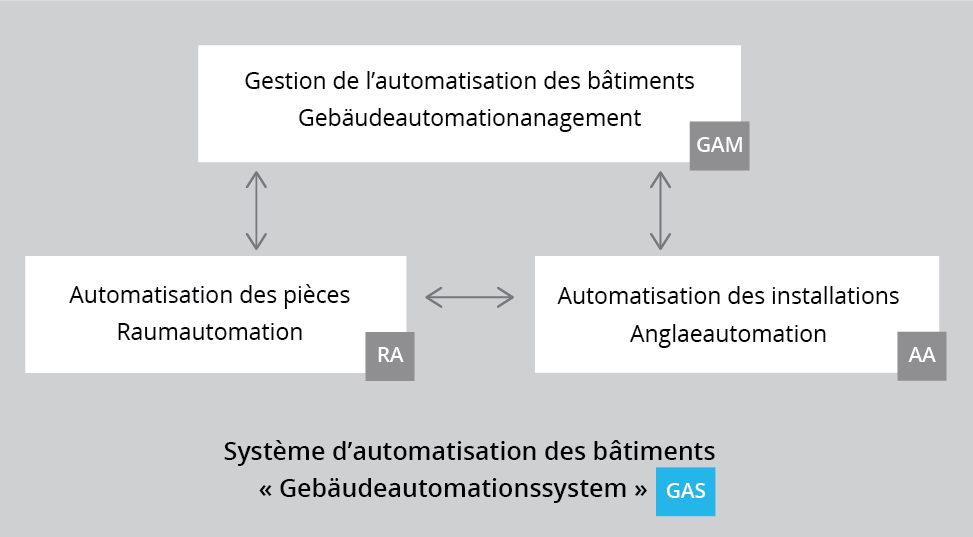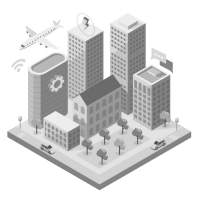What distinguishes planning a Smart Building from a conventional building?
In a smart building, all necessary automatisms must be specified through each components of the different trades, but also the user interface, without which the acceptance of the Smart Building by the user will be complex.
What is a Smart Building Designer?
A smart building designer possesses deep technological knowledge in the fields of Smart Building applicable to every types of construction projects, whether being new or renovated buildings.
These skills cover each step of the way, from planning the request to implementation.
Smart Cube’s planning methods for administrative buildings follow the rules below:
![]() EN 15232 (Energy Efficiency for buildings)
EN 15232 (Energy Efficiency for buildings)
![]() VDI3812 (Comfort functions)
VDI3812 (Comfort functions)
Based on this, as a Smart Building Designer, we use well-founded methods to resolve all automating functions.
With SmartCube, automation is centred around functionalities and not only on infrastructures
As components’ brains continue to evolve, more and more complex functions are allowed.
Therefore, in addition to the classic approach, based on the infrastructure and the 3 essential elements of a good automation (hardware), accent is stressed on the functionality.
Repartition is made as follows:
![]() Rooms automating
Rooms automating
![]() Installations’ automating
Installations’ automating
![]() Managing building’s automating
Managing building’s automating

1. Rooms’ automating
Rooms’ automating constitutes the essential basis regarding the entire automating of the building.
Rooms’ automating is composed, among other things, of managing:
![]() Lights
Lights
![]() Air conditioning
Air conditioning
![]() Heater
Heater
![]() Ventilation
Ventilation
![]() …
…
Numerous functions are controlled within a room, having an impact on security, comfort, and user’s satisfaction.
For that matter, it is extremely important to implicate the user as soon as the planning phase, in order to take the interaction between installations’ automating and managing the building’s automating into consideration.
2. Installations’ automating
The automated installations take care of surveillance, control, regulation, and optimising equipment such as the heater, air conditioning, ventilation, etc…
Thanks to a good comprehension, choices can be easily made between the best protocols, sensors, actuators, and interfaces, and create relevant automating concepts.
3. Building Management
Building management consists of monitoring, exploiting, historizing and visualising every automated process in the building.



